SilverRail: Drawing passengers from planes to sleeper trains

As companies push for net-zero emissions and the rail market becomes more liberalised, night trains are making a comeback in Europe. RailTech interviewed Cameron Jones, Chief Strategy & Commercial Officer at SilverRail, a UK-based technology firm that offers booking and ticketing solutions for rail. The conversation explored challenges for night train operators, changing traveller preferences, and methods to improve customer loyalty.
The relaunch of the Austrian Federal Railways (ÖBB) NightJet service between Paris and Berlin at the end of last year is one of the many developments demonstrating a revival in the European night-train market. Reflecting on the original closure of the Paris-Berlin night train line in 2014, Cameron Jones states: “In examining the situation, while we may not directly operate it, the underlying factors driving its closure seem to be dwindling passenger numbers and escalating operational expenses like staffing and fuel costs.”
As such, to him: “Night trains, unlike conventional rail networks with multiple daily services, face the challenge of economies of scale, making it imperative to strike a delicate balance between costs, customer demand, and pricing.” Positively, Jones notes that “despite the speed and convenience of flights, there’s a renewed interest in night trains as travellers integrate them more in more into their travel.” Indeed, despite the initial decline, in the 2010s there is optimism surrounding the resurgence of night trains, driven by evolving travel preferences and innovative pricing strategies.
With strategic pricing, improved connectivity, and a focus on customer experience, night train operators can tap into the growing demand for sustainable and convenient transportation options, according to Jones. “It’s very exciting to see the demand for rail shoot up, and rail’s all about packing those trains to the brim to make them more profitable and improve services. It’s a thrilling time to be in the rail game with all these changes happening,” he adds.
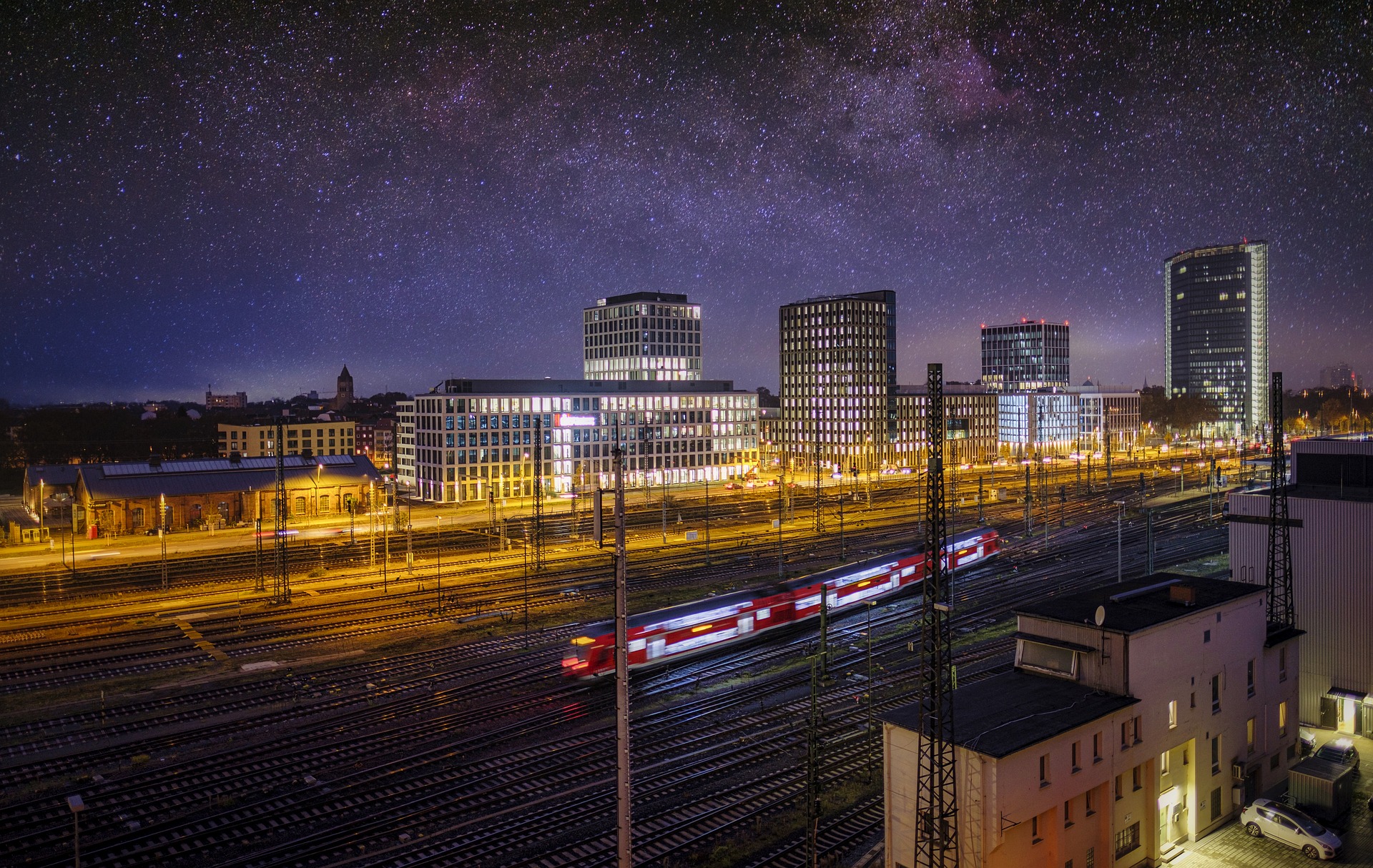
An attractively sustainable alternative
Highlighting the unique appeal of night trains, Jones emphasised targeting specific customer segments, particularly those inclined towards sustainable travel. This appeal transcends both leisure and business travellers, aligning with the growing trend towards sustainable travel. In his opinion, this provides a unique opportunity for operators to cultivate loyalty and expand their market share. “So for most people, especially in this day and age, cost and convenience are the primary driver for their mode of transport. I think that is changing,” states Jones. SilverRail surveyed 1000 respondents across Europe and “found that over half – 53 per cent – said that environment and sustainability were an important factor in deciding about their mode of transport,” shared Jones.
“As we know, rail transport is a key way to combat carbon emissions,” he continues. In the quest to reduce CO2 emissions, “Governments are phasing out domestic flights, corporations are pushing business travellers to take the train rather than fly. I think 6,000 companies have committed to net zero. Some companies like NatWest in the UK have said that you must take the train for all travel in the UK. You cannot fly. So there is a sort of slow change in the trend and the consumer behaviour for rail,” underscores Jones. Nevertheless, “Rail is still very expensive in some cases. More expensive than air. And we have to find a way to change that,” he adds.
“It’s fascinating to see how competition and the growth of high-speed rail across Europe are reshaping travel patterns. Take the route from Madrid to Barcelona, for instance. There used to be just one carrier dominating that route. But now, with four different carriers in the mix, the frequency of trains has shot up,” says Jones. “And what’s even more striking is how this surge in rail options has drastically reduced air travel’s share, dropping from 80 per cent to a mere 10 per cent. It’s a clear indication of how the balance is shifting from air to rail in certain routes across Europe,” details Jones. He adds that SilverRail shared its findings regarding the impact of government initiatives on rail traffic – and the potential benefits as they phase out domestic flights and more players join the market – at trainoverplane.com.
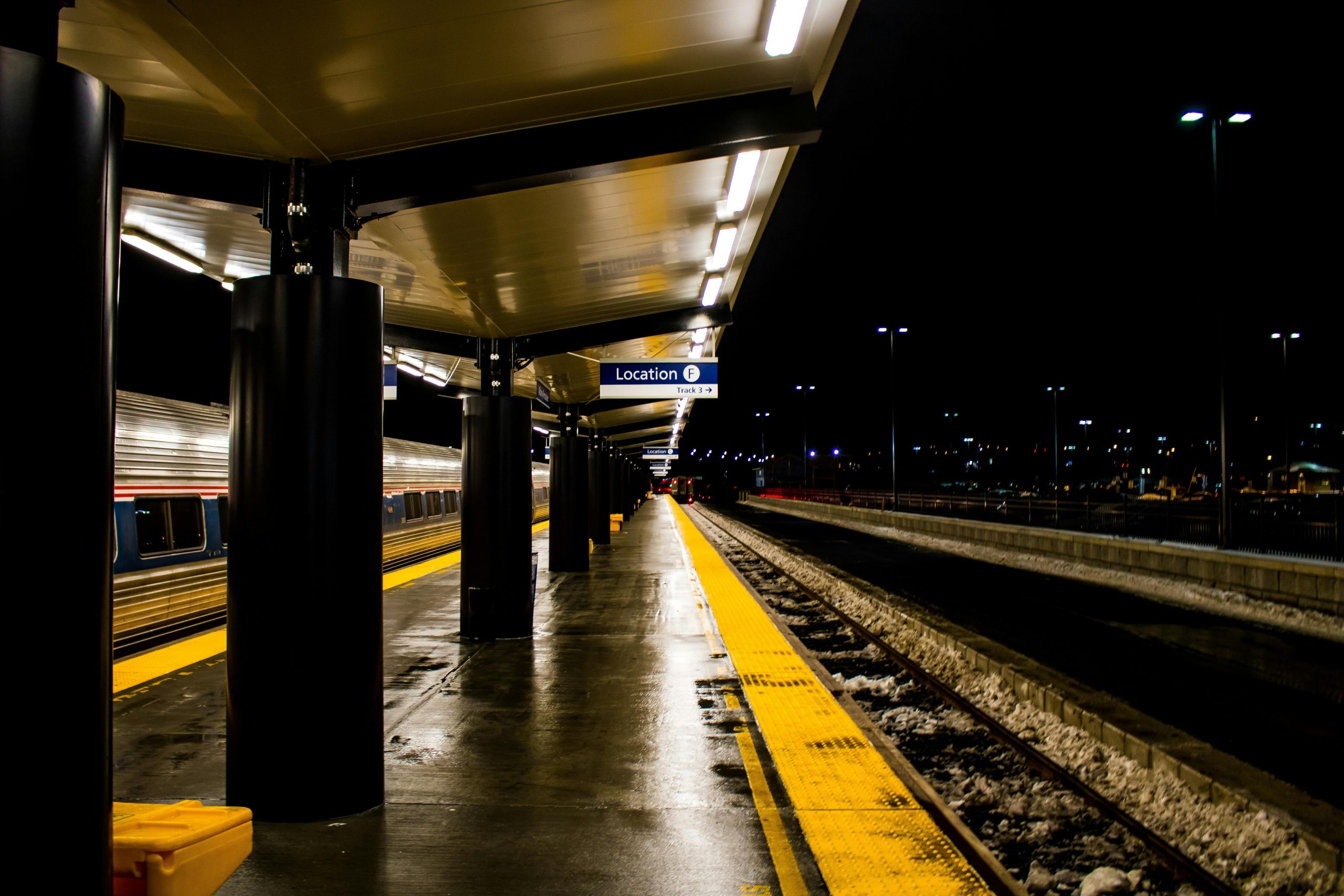
“Stress-free and cost-effective” travel
“In Europe, we’re witnessing a growing appreciation for both sustainability-driven initiatives and the romantic allure of overnight train travel. Our involvement in powering Sweden’s entire rail network underscores this trend,” details Jones. “Despite the lengthy journeys, particularly in Sweden’s northern regions, scheduling allows for a seamless travel experience, arriving refreshed the next morning,” he adds.
Indeed, the allure of night trains lies in their ability to optimise travellers’ time and budget. Unlike air travel, where early morning arrivals necessitate overnight stays and incur additional costs, night trains deliver passengers directly to city centres without the need for accommodation. This alternative allows passengers to maximise their time at their destination, whether for work or leisure, “without the hassle of early morning flights or airport transfers,” says Jones. As such, while traditionally challenged by the dominance of low-cost carriers, night trains are becoming increasingly competitive in terms of pricing and convenience.
“Similarly, in the UK, rising fuel costs and congestion are prompting a shift in perception. Making night trains an attractive option for leisure travel to distant destinations and offering respite from traffic-related frustrations,” he adds. With increasing awareness about sustainability and growing frustrations with congestion and rising fuel costs, night trains offer an attractive solution for travellers seeking hassle-free journeys.
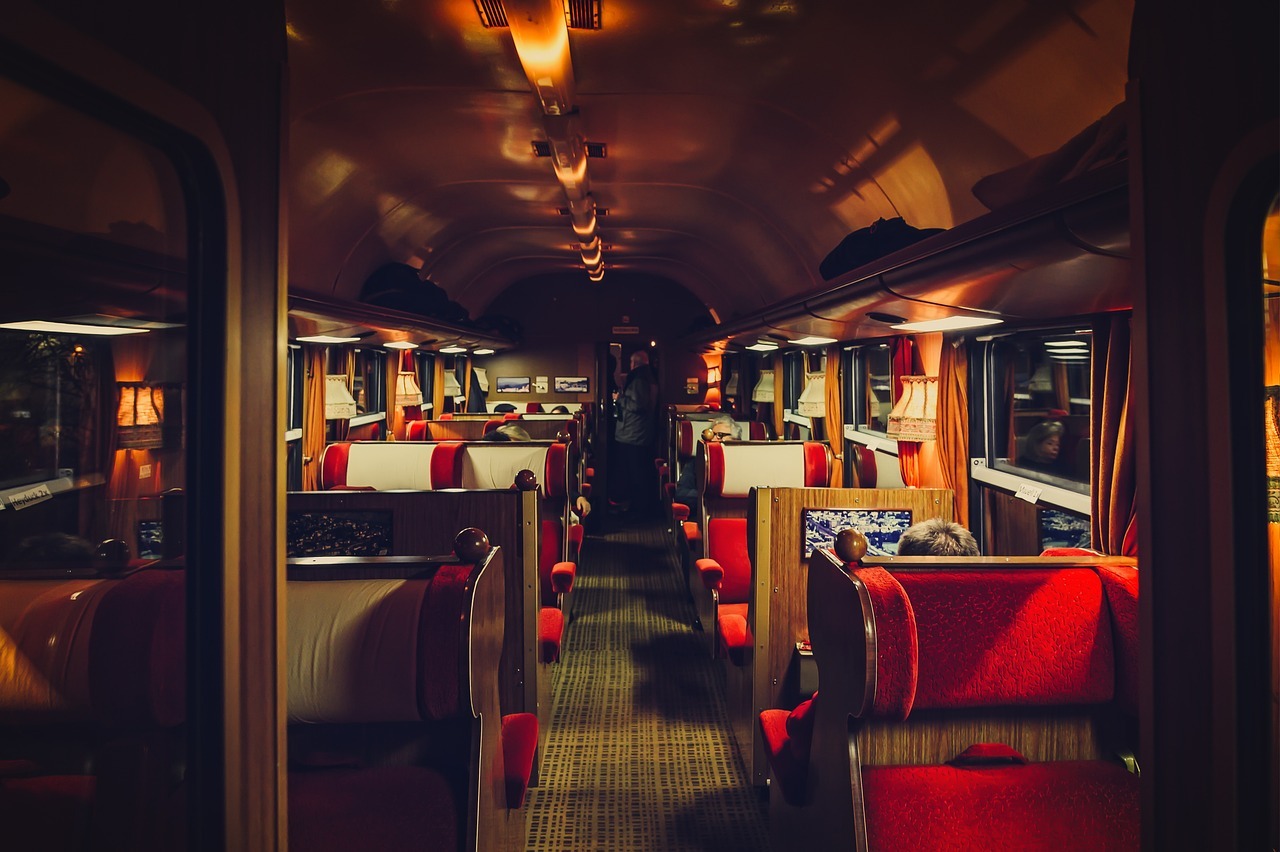
UK Sleeper trains
Just like continental Europe, the UK boasts its own night-trains. The Caledonian Sleeper operates sleeper trains connecting London Euston and Scotland in both directions, while Great Western Railway’s Night Riviera Sleeper links London Paddington and Cornwall. These sleeper services are available nightly from Sunday to Friday. Luxury options are also available, with Jones citing the Belmond Royal Scotsman. Nevertheless, the island’s network is not as developed. Indeed, “it’s a relatively small country, so the trips aren’t that long. I think if you take an overnight train, they will just go very slowly so that you’ll arrive fresh in the morning,” states Jones.
However, expansion of the continental European night-train market combined with eventual competition in the Eurotunnel, could increase the options available to British travellers in the long run, enhancing rail connections between London, and destinations like Berlin, Vienna, Warsaw, Milan, Budapest and more.
“As more competitors enter the Eurostar tunnel, it’s likely that pricing will be affected, potentially resulting in more affordable fares. Usually, when there’s increased competition, the quality of the product improves. This leads to a rise in overall passenger numbers. So, both the existing operator and the new competitor stand to gain. This also opens up opportunities for travellers to explore connections to Paris and beyond, allowing for more seamless rail travel planning,” explains Jones.
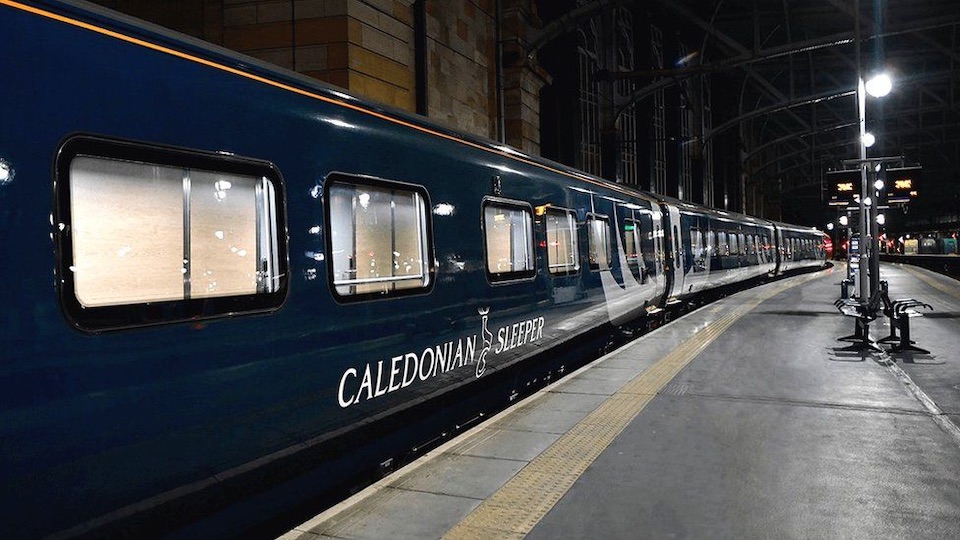
Direct connections desired
Direct journeys are more likely to attract more passengers, according to SilverRail research. “The reality is that only a very small segment of the market is willing to take connecting train trips. This is largely due to the perception that connecting trains are complicated, and to be honest, they can be,” says Jones. If one train is delayed, it can disrupt the entire journey, and passengers understandably would want assurance and protection. While there are government measures in place to safeguard passengers, the demand drops significantly once a connection is involved. According to Jones, that’s why companies like Eurostar are expanding their network to include as many destinations as possible within their network’s limits, avoiding the need for multiple transfers
“Technology can play a crucial role in facilitating communication between different carriers and ensuring passengers are accommodated in case of delays,” adds Jones. Initiatives like this, along with strengthened commercial relationships, can enhance the reliability and perception of connecting trains. To Jones: “Sweden provides a good example, where connected trips between different carriers are common, and there’s a commitment to ensuring passengers reach their destination, even if it means alternative transportation like taxis.” To him, implementing a similar model more widely in Europe could be advantageous in promoting seamless travel across multiple carriers.
Perceived traveller protection between the UK and the European Union (EU) has also been negatively impacted by Brexit. With the EU regulations and guarantees no longer applicable, there could be uncertainties, especially regarding cross-border travel. “The perception of the UK compared to Europe and the potential lack of collaboration could indeed have a detrimental effect. However, I believe the rail industry can address this challenge by implementing regulations that encompass both the UK and Europe,” states Jones.
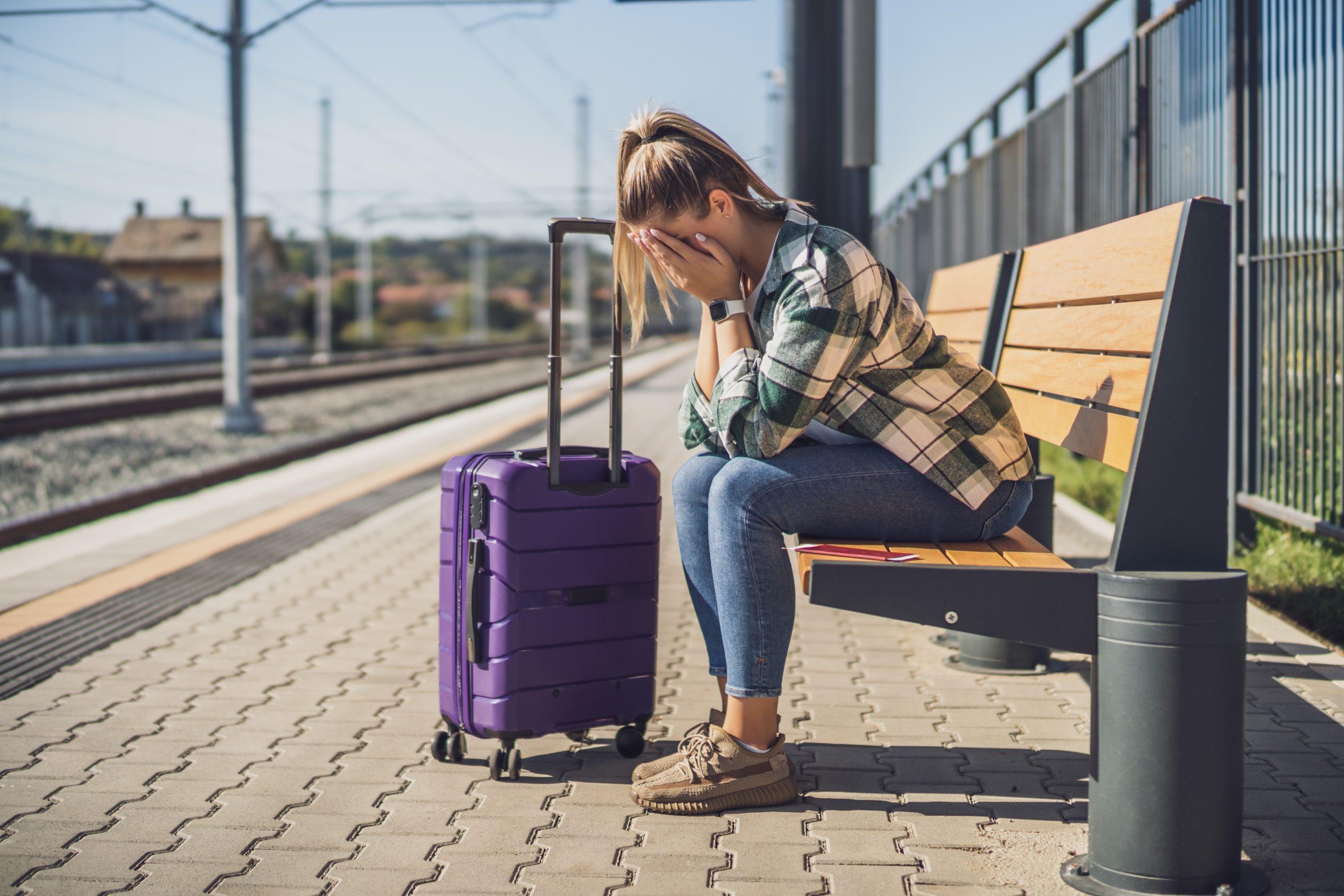
Looking forward
“The UK market is notably intricate due to the multitude of brands operating within it,” explains Jones. This complexity extends to both the retail landscape and fare structures. To address this, the government and the rail delivery group are implementing various initiatives aimed at streamlining fares and retail processes. “Simplifying these aspects will greatly benefit the industry, making rail travel the obvious choice for travellers instead of opting for car journeys,” he adds.
However, it’s essential to acknowledge that rail isn’t always the optimal choice yet, stresses Jones. He cites as an example scenarios involving families with significant luggage or specific destinations, for whom driving may still be preferable. “Nevertheless, there’s substantial potential for rail to expand its market share as it proves to be a practical option in more situations than commonly perceived,” says Jones.
“The most exciting thing for the rail industry is these macro events, like increased liberalisation, competition, investment in high-speed rail, and government initiatives to drive share to rail.” As the rail industry navigates through transformative changes driven by sustainability goals and technological advancements, it seems night trains emerge as a promising avenue for revitalising rail travel.
Further reading:




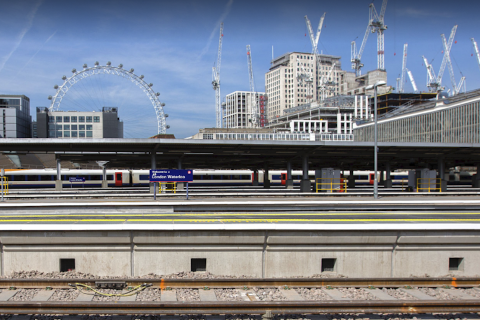
My experience is that most travellers switch trains, if only from long-distance to local or regional trains, to get to their final destination.
And many obstacles to changing trains can be avoided, like
* punctuality
* frequency of connecting trains, and convenient connections
* will tickets be accepted for the next train (whatever the operator) if a connection was missed
* will the connecting train depart from the same platform
* will degressive pricing still apply?